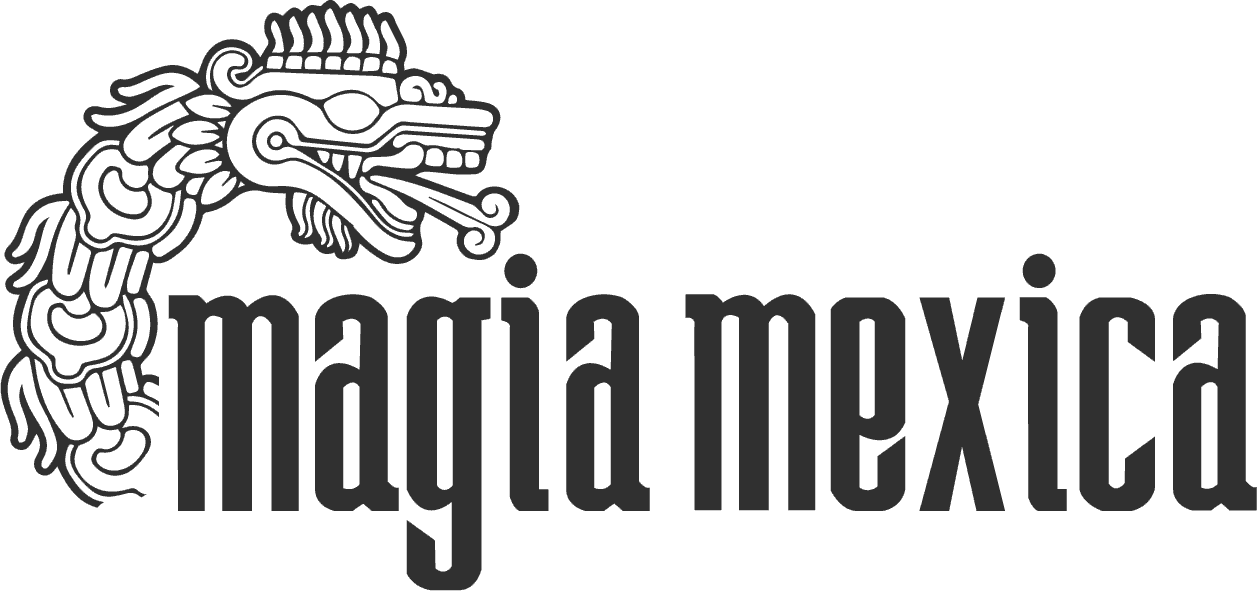Death is present in our culture since practically the beginning of our history. It appears in legends, art, songs, in rhymes, popular tradition like “las calaveritas”, or “las catrinas”, and we even celebrate it.
El Día de Muertos is by far (and for excellence), the best known Mexican tradition in the world.
I don’t know if it is because of Hollywood, or its because of all the colors or the enigma of why acclaiming to something that is not available to see on the earth, and I may say that if someone celebrates something or someone that we cannot see, it might scares to other people.
In pre-Hispanic times, (long before the arrival of the Spaniards), the act of dying it was just the beginning of a trip to Mictlan, the kingdom of the dead fleshless or underworld.
The ancient Mexicans believed the fate of the dead man's soul was determined by the type of death he had and his behavior in life.
After the Conquest, the Spaniards with the dissemination of Christianity introduced the terror of death and hell to Mexico, but despite the efforts of Christian evangelization they had to give in on some stuff.

At that time, El Dia de los Fieles Difuntos /The Day of the Dead Faithful began to be celebrated, where rests of Old World saints were venerated and received in ceremonies accompanied by flower arches, prayers, processions and blessings.
The fusion between both cultures, the Spanish and the Mexican Indigenous, is what gives rise to what we know today as El Dia de Muertos / Day of the Dead.
The altar is an important element in the celebration of El Dia de Muertos.

-
The Altar
There’s a belief that the deceased spirit returns from the world of the dead to enjoy with its family that day, and comfort them for their loss. The Offerings must contain a series of elements and symbols that invite the spirit to travel from the world of the dead so that they can live that day with their relatives.
The altar is placed in a room, on a table or shelf whose levels represent the layers of existence.
- The most common are the two-level altars, which represent heaven and earth.

- The three-level altars add to the previous one the concept of purgatory.

- A seven-level altar symbolizes the steps necessary to reach heaven and thus be able to rest in peace.


